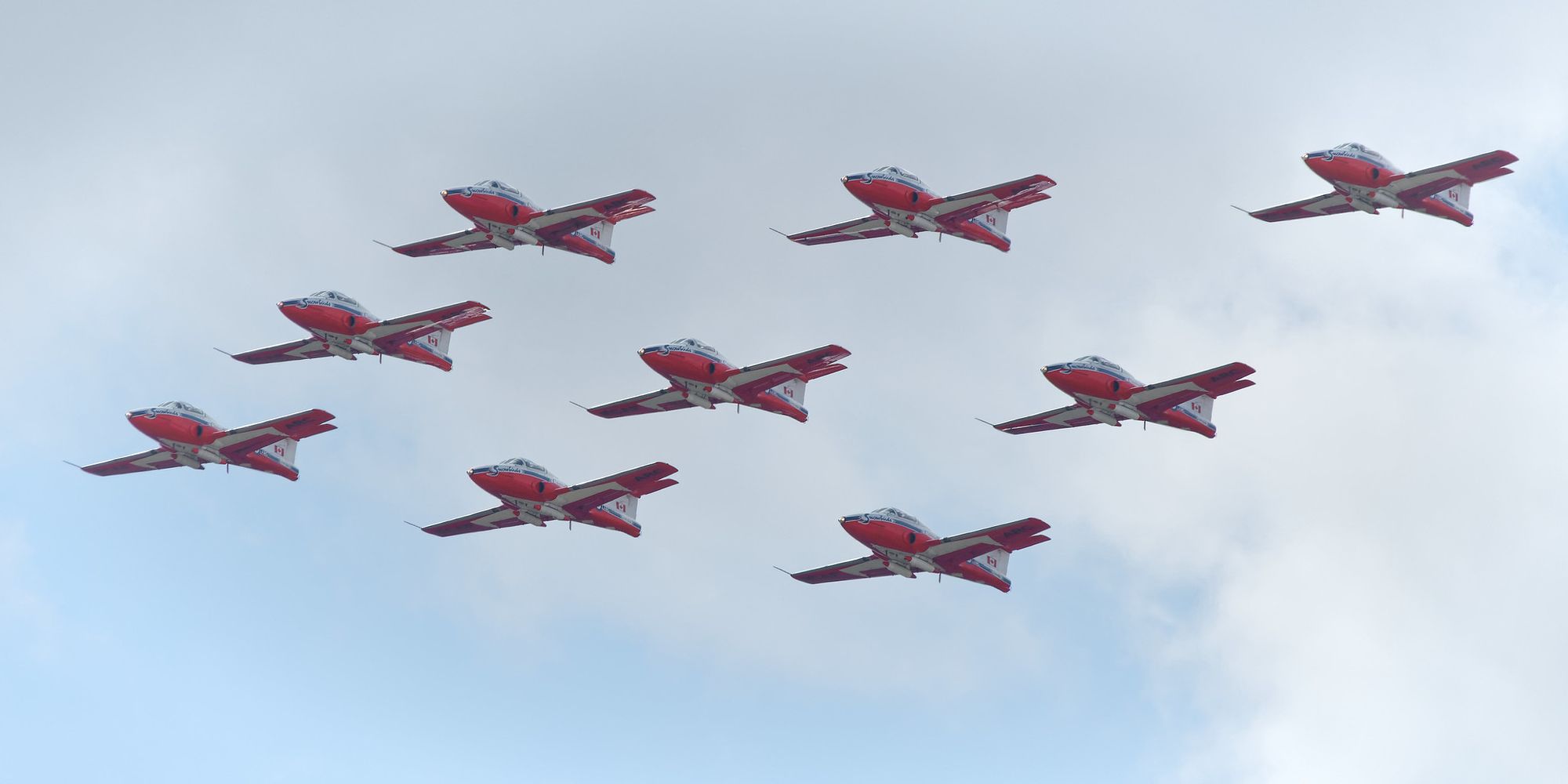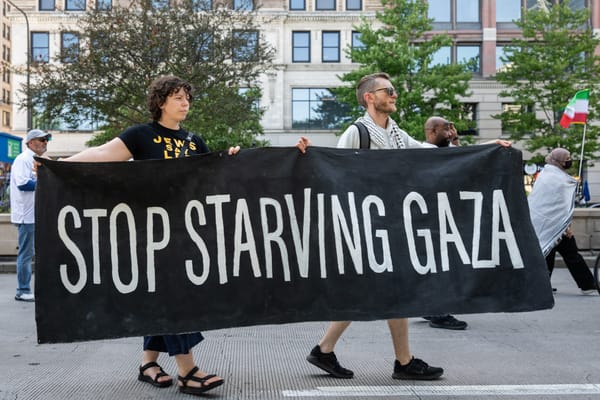On May 18, onlookers in Kamloops, B.C., captured video of Snowbirds taking flight over a residential neighbourhood. The jets were flying across Canada as part of “Operation Inspiration,” created in order to “inspire Canadians” and “salute first responders [and] essential workers” fighting the pandemic.
One of the jets arched upward shortly after takeoff before flipping over, prompting a pilot to eject. The plane then curved downward and crashed near a house, killing the other pilot. Miraculously, no one else was killed, although the pilot who managed to eject was injured.
The next day, a formation of planes flew through the same skies to salute a salute that went awry. The second flyby was to mourn what politicians, military officials and the media have portrayed as an unforeseeable tragedy.
Yet contrary to these portrayals, the crash shouldn’t be seen as a tragedy, but rather as a scandal.
To start, this operation had little to do with helping first responders and essential workers — who need proper medical supplies and increased pay more than military gestures — and had everything to do with militarizing the response to COVID-19.
The Snowbirds primary purpose is to promote the military, and act as a tool for recruiting and public relations, as even retired Royal Canadian Air Force colonels have admitted in the past. These flybys were an opportunity for the military to attempt to prove that its budget is worthwhile spending for taxpayers during the pandemic.
Critics, including academics and myself, have warned against militarizing the response to COVID-19 as unnecessary and dangerous. And yet this is exactly what Prime Minister Justin Trudeau encouraged in April when he compared COVID-19 to Vimy Ridge and stated, “The front line is everywhere.”
Moreover, the military decided to put the public’s safety at risk by ignoring warning signs and lessons from the past.
Since the Snowbirds were formed in 1971, seven pilots and two passengers have died in crashes or accidents. Many of these incidents have occurred this century.
In December 2004, two Snowbirds jets crashed into each other during a practice, killing a pilot. An air force report blamed the pilot’s lack of experience and training. In May 2007, a pilot was killed in a crash over Montana when an undone seat belt caused him to fall out of his seat during a maneuver and lose control of the plane. In October 2008, a plane flying over Saskatchewan crashed due to a pilot error caused by inexperience, leading to the deaths of the pilot and a photographer on board.
In October 2019, meanwhile, a Snowbirds jet was flying to an airshow in Georgia when it lost engine power while inverted. The pilot ejected and the plane crashed into the ground. As of February, investigators had yet to find what was responsible for the loss of engine thrust, yet training resumed regardless.
The Snowbirds jets were built in the 1960s and were supposed to retire in 2010. Yet that date was extended for another decade, despite a 2003 internal report warning that, “With each passing year, the technical, safety and financial risk associated with extending the Tutor into its fifth decade and beyond, will escalate.” Moreover, a 2014 report noted “significant concerns” with the fleet, including that, “Repairs have been reduced to bare bones.”
Although a former Snowbirds pilot and commander maintains that the planes are regularly rebuilt and aren’t showing their age, the program had been clearly warned about operating the aging aircraft.
Many who support the program have urged the government to buy new planes, and yet this likely won’t solve the problem — the program’s first fatality was in 1972, when the planes were relatively new. The only real solution is for the program to be suspended.
The Snowbird jet crash didn’t need to happen — essential workers and first responders haven’t asked for aerial displays. The responsibility for the crash ultimately rests with the military, which decided to prioritize its own image over public safety.






